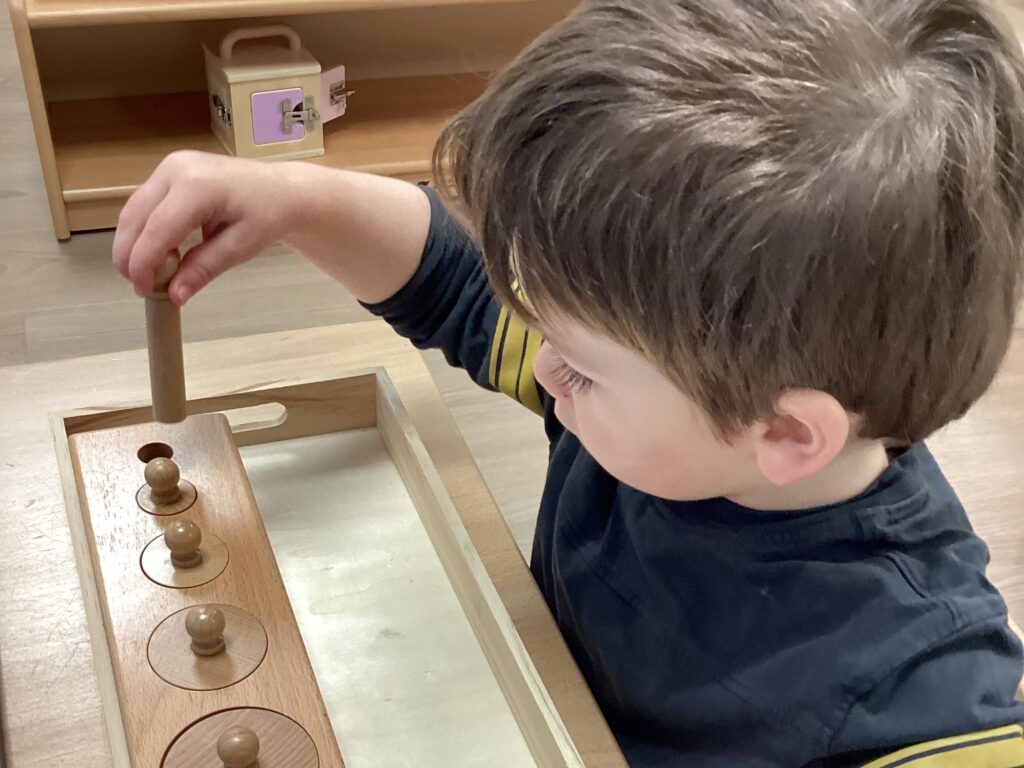Once a child has experienced the joy of learning independently, they naturally want to experience that feeling again. This is because the experience is need-fulfilling. Learning meets the need for fun, self-respect and being part of a community. The prepared environment is planned in such a way as to meet the needs of students.
